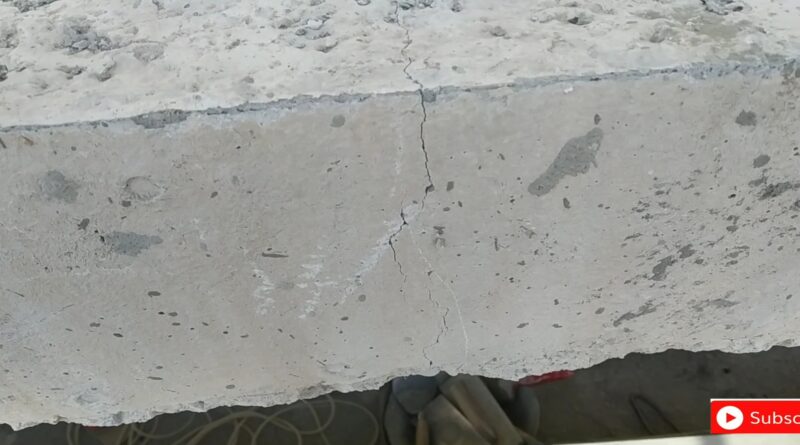what is hairline cracks ?Causes, Repair and Prevention
Hairline cracks are maunly seen in freshly placed concrete and their occurrence is owed to the phenomenon of plastic shrinkage.These cracks are very small- about (0.08mm) in width and can be very shallow . Hairline cracks can be challenging to repair.
However, hairline cracks are possible, although not a sign of poor quality.
Causes of Hariline Cracks
The main reason behind the generation of hairline cracks in concrete is by stress relief or because of shrinkage, either from drying or from heat .
In other words , when tensile stress builds up in the concrete and exceeds the material’s capacity to resist those stresses . The best preventative is to use a good mix design that has low shrinkage tendencies
These cracks may be of following reason :-
- Poor workmanship during the work
- Bleeding and segregation of concrete
- Water loss due to absorption by sub grade, form wor or aggregate.
- Exposure to heat can also cause hairline cracking
Repair of Hairline Cracks in Concrete
The sealer Application
The first step to repairing a crack is cleaning it. To repair the crack, the sealer (or other filler material) needs to penetrate into the crack and fill it completely. Ideally, the sealer has a low surface tension so it readily wets out the concrete and a low viscosity. These two characteristics allow the liquid sealer to penetrate deeply into the crack.
Flowable-grade granite epoxy
A highly fluid epoxy (such as a flowable-grade granite epoxy) will fill and seal a crack nicely if you can get it into the crack. Keep in mind that materials like epoxy are effective because they wet out the concrete.
Polymer-modified cement grout
Polymer-modified cement grout is the typical material used to fill pinholes and voids in concrete countertops during manufacture.

